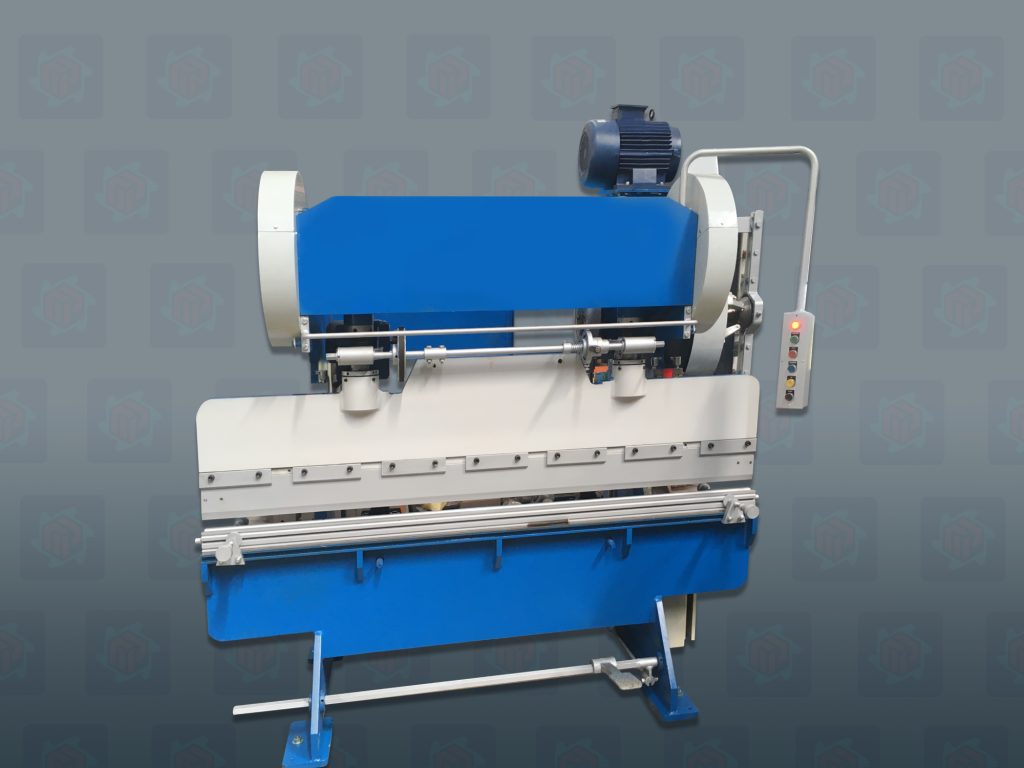mechanical shearing machine

mechanical shearing machine
A mechanical shearing machine is a type of industrial equipment used for cutting metal sheets, plates, and other materials with precision. Unlike hydraulic shearing machines, mechanical shearing machines use mechanical force, typically generated by a system of gears, levers, and motors, to perform cutting operations.
mechanical shearing machine
components and features
The frame is the main structural component of the shearing machine. It is typically made from heavy-duty steel to provide stability and withstand the forces generated during the shearing process.
Upper Blade: The upper blade is mounted on the moving ram and is responsible for cutting through the material.
Lower Blade: The lower blade is fixed to the bed of the machine and serves as the surface against which the material is cut.
Blades are usually made from high-carbon steel or tool steel and can be sharpened or replaced as needed.
The ram (or slider) is the moving component that holds the upper blade and descends to cut the material. The movement of the ram is typically driven by a mechanical drive system, which can include gears, belts, or chains.
The bed is the stationary part of the shearing machine that supports the workpiece. It is designed to be robust and flat, providing a stable surface during the shearing process.
The back gauge is an adjustable mechanism that helps position the material accurately before cutting. It ensures consistent and precise measurements for each cut.
The clutch engages and disengages the connection between the motor and the ram, allowing for controlled operation of the machine. It can be operated manually or automatically.
The drive mechanism consists of motors, gears, and pulleys that transmit power to the ram. The mechanical drive system converts rotational motion into the linear motion required for shearing.
Mechanical shearing machines are equipped with various safety mechanisms, including guards, two-hand controls, .
Some mechanical shearing machines can accommodate specific die shapes for more complex cutting tasks, enhancing versatility.

